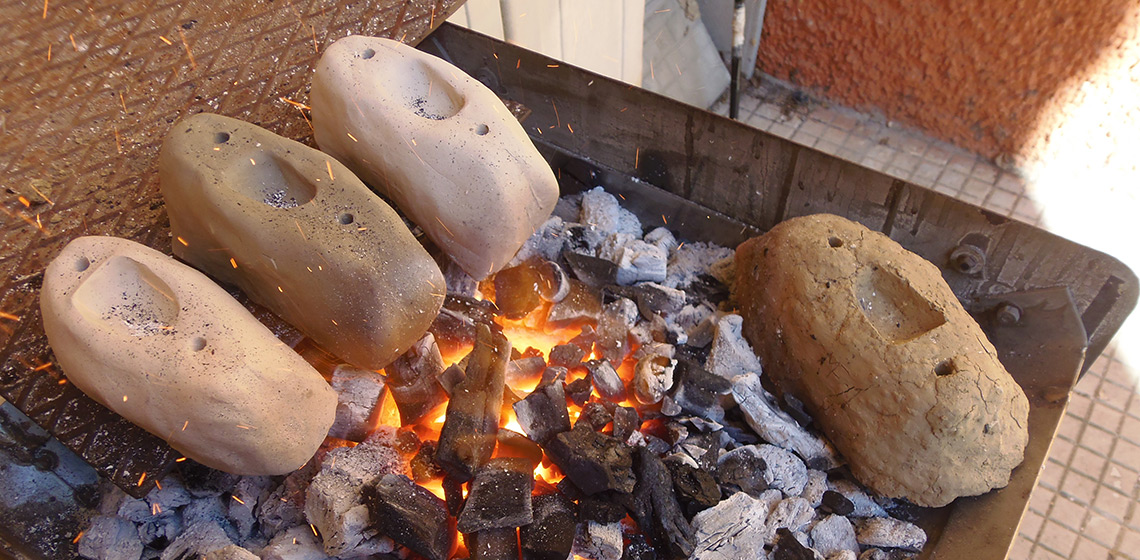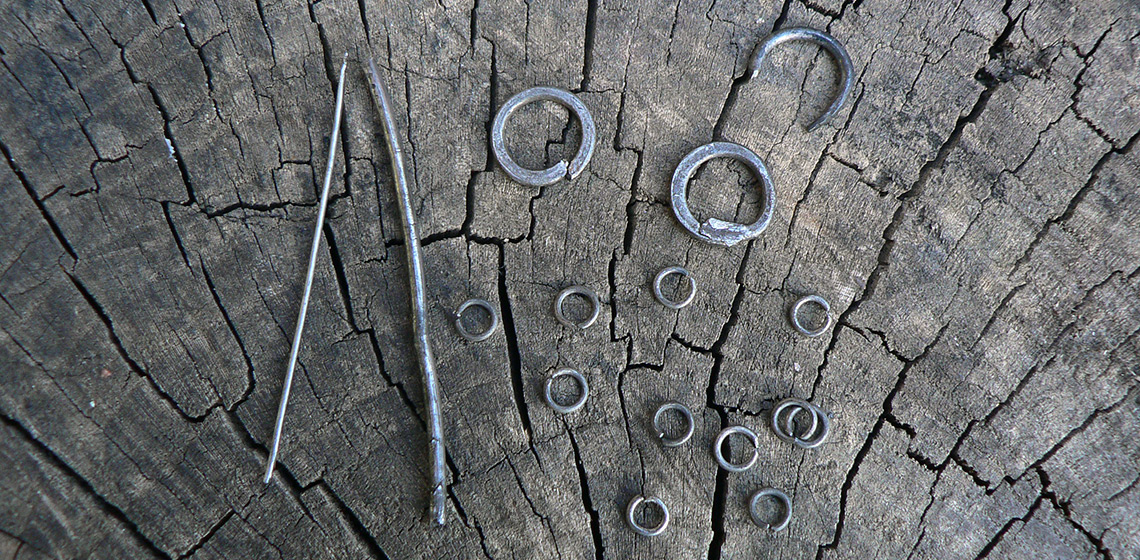Experimental Archaeology
Experimental Archaeology is an approach for filling gaps in our knowledge about the past, which cannot be filled through other archaeological research methods. An archaeological experiment must always answer a specific research question through practically testing production, use and/or formation of material culture and/or archaeological features. In Experimental Archaeology, testing a hypothesis in direct reference to the archaeological record is the core activity. The information gained should be impossible to obtain from solely examining original artefacts. The practice of experimental archaeology is strongly connected to the other four legs of EXARC as growing craft experience as well as interpretation can also lead to research questions and experimental projects.




